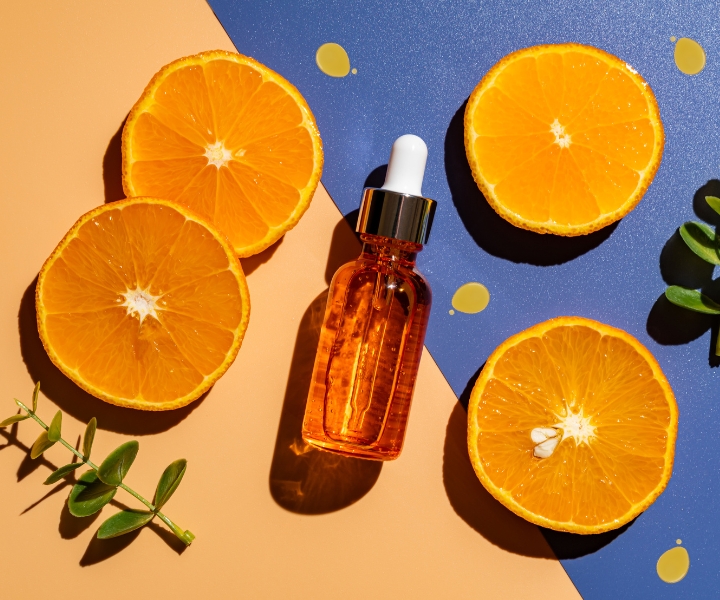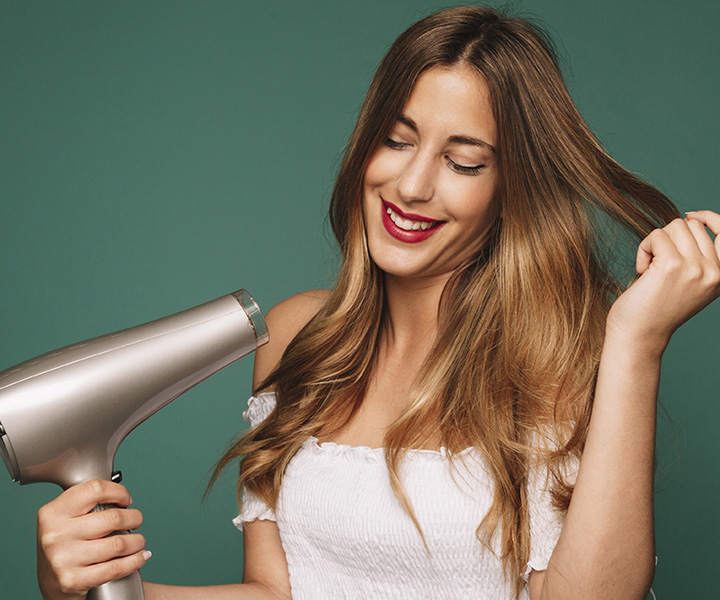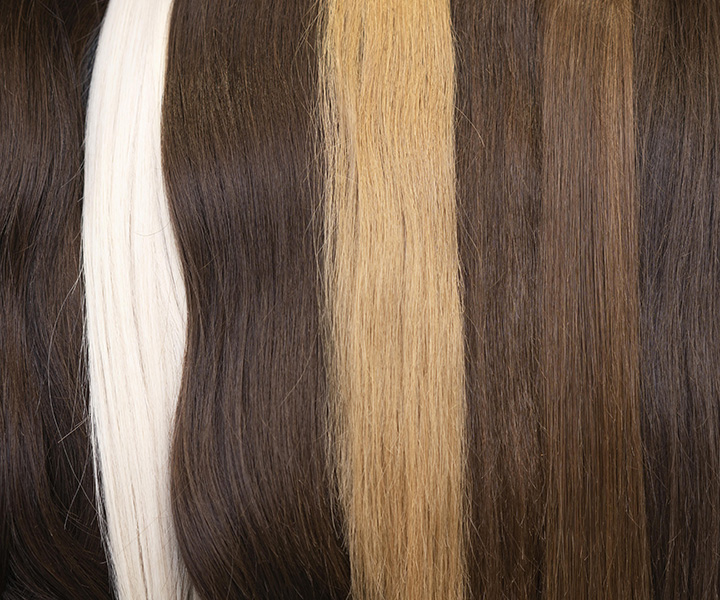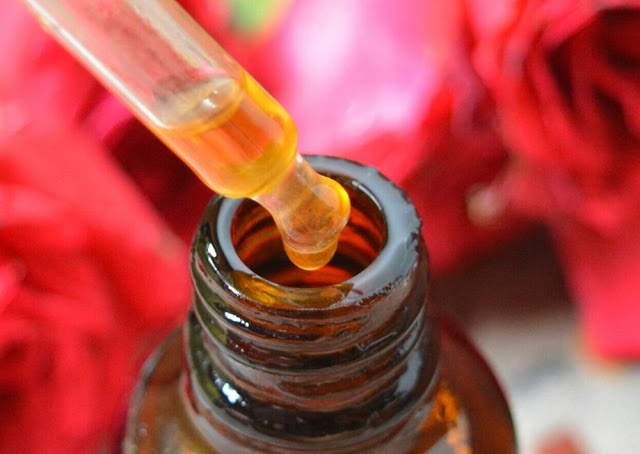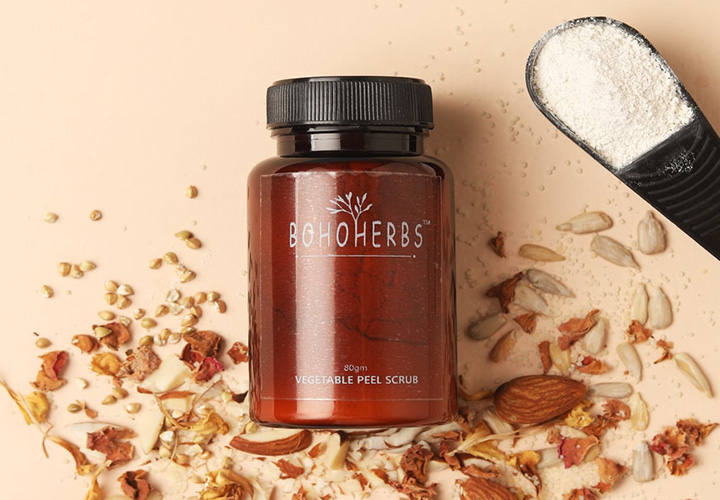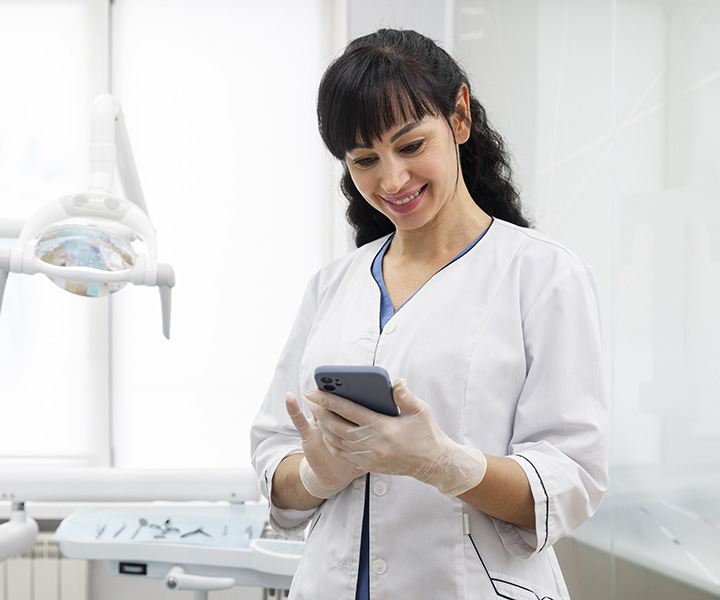Introduction
As much as we love basking in the warm embrace of the sun, the resulting tan might not always be welcomed.
While a sun-kissed glow is often associated with health and vitality, excessive exposure to the sun’s harmful UV rays can lead to unwanted tanning, premature ageing, and even skin cancer.
Fortunately, with some simple strategies and precautions, you can enjoy the sun safely while minimizing the risk of tanning.
Here’s a guide on how to prevent tanning and maintain healthy, radiant skin.

This Summer Prevent Sun Tanning with These 10 Tips
1. Use Sunscreen Daily
Sunscreen isn’t just for beach days. Make it a daily habit to apply sunscreen with an SPF of at least 30, even on cloudy days or during winter months.
Choose a broad-spectrum sunscreen that protects against both UVA and UVB rays. Reapply every two hours, especially if you’re sweating or swimming.
2. Seek Shade
When spending time outdoors, seek shade whenever possible, especially during peak sunlight hours between 10 a.m. and 4 p.m.
If you’re at the beach or in an open area, bring along an umbrella, wear a wide-brimmed hat, or sit under a tree to minimize direct sun exposure.
3. Wear Protective Clothing
Opt for lightweight, long-sleeved shirts, pants, and skirts made from tightly woven fabrics that provide better protection against UV rays.
Dark colors and denser fabrics offer more protection than light, sheer clothing.
4. Accessorize with Sunglasses
Protect your eyes and the delicate skin around them by wearing sunglasses that block 100% of UVA and UVB rays. Look for sunglasses labeled as UV 400 or provide 100% UV protection.
5. Avoid Tanning Beds
Tanning beds emit harmful UV radiation, which can increase your risk of skin cancer and accelerate premature aging.
Opt for safer alternatives like self-tanning products or spray tans if you desire a bronzed look.
6. Stay Hydrated
Hydrated skin is more resilient against sun damage. Drink plenty of water throughout the day to keep your skin hydrated from the inside out.
Additionally, use moisturizers containing ingredients like hyaluronic acid to maintain skin moisture levels.
7. Exfoliate Regularly
Regular exfoliation helps remove dead skin cells, allowing for better absorption of sunscreen and preventing uneven tanning. Choose gentle exfoliants and use them 2-3 times per week to keep your skin smooth and radiant.
8. Eat a Balanced Diet
Consume a diet rich in antioxidants, vitamins, and omega-3 fatty acids to support skin health and protect against sun damage from within.
Incorporate foods like fruits, vegetables, fish, nuts, and seeds into your meals for optimal skin protection.
9. Manage Stress
Chronic stress can weaken the skin’s natural defenses and make it more susceptible to sun damage. Practice stress-reducing activities like yoga, meditation, or spending time in nature to promote skin health and overall well-being.
10. Regular Skin Checks
Perform regular self-examinations to monitor any changes in your skin, such as new moles, freckles, or suspicious lesions.
If you notice any abnormalities or concerns, consult a dermatologist promptly for evaluation and proper management.
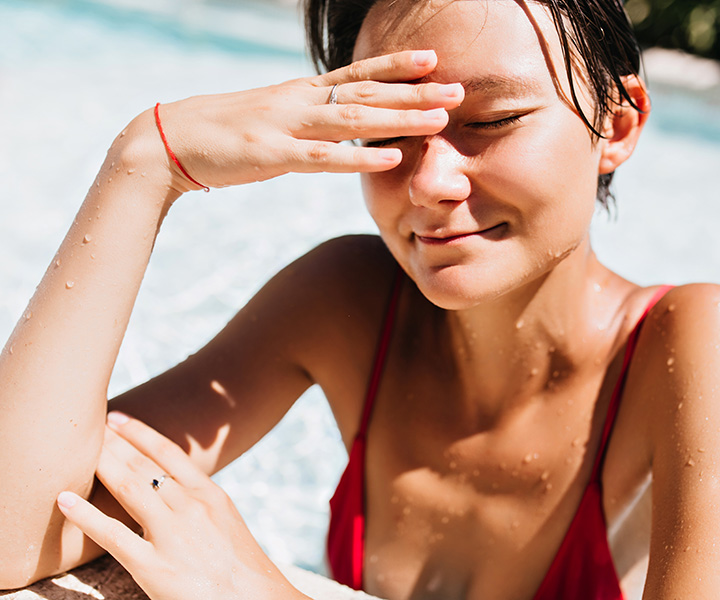
How the Sun Causes Skin Tanning: The Science Behind
The sun’s rays contain two types of ultraviolet (UV) radiation that penetrate the Earth’s atmosphere: UVA and UVB rays.
When these rays reach the skin, they interact with melanocytes, which are special cells located in the epidermis, the outermost layer of the skin.
Melanocytes produce melanin, the pigment responsible for the color of your skin, hair, and eyes.
1. UVB Radiation
UVB rays primarily affect the outer layer of the skin, the epidermis. When UVB rays penetrate the skin, they stimulate melanocytes to produce more melanin.
This increase in melanin production is the skin’s natural defense mechanism against UV radiation. As melanin absorbs UVB rays, it helps to prevent damage to the deeper layers of the skin, including the DNA in skin cells, which can lead to skin cancer.
2. UVA Radiation
UVA rays penetrate deeper into the skin, reaching the dermis, the layer beneath the epidermis.
While UVA rays contribute less to immediate sunburn than UVB rays, they are the primary cause of long-term skin damage, such as premature aging and wrinkling.
UVA rays also stimulate melanocytes to produce melanin, contributing to the tanning process.
When the skin is exposed to UV radiation, whether from the sun or artificial sources like tanning beds, it triggers a series of biochemical reactions.
These reactions stimulate the production of melanin and cause it to darken, resulting in a tan. The tan is essentially the skin’s way of trying to protect itself from further damage by absorbing and scattering UV radiation.
It’s important to note that while a tan may offer some degree of protection against UV radiation, it is not sufficient to prevent sun damage or skin cancer.
Prolonged or excessive exposure to UV radiation can still cause DNA damage in skin cells, leading to mutations that increase the risk of skin cancer, including melanoma, the most dangerous form of skin cancer.
Additionally, repeated exposure to UV radiation can accelerate the aging process, causing wrinkles, sagging skin, and other signs of premature aging. Therefore, it’s crucial to follow the 10 steps to protect your skin from the harmful effects of the sun.
Final Words
Preventing tanning isn’t just about preserving your skin’s appearance; it’s about safeguarding your health and reducing your risk of skin cancer.
By following these simple yet effective strategies, you can enjoy the sun safely while maintaining healthy, radiant skin for years to come.
Remember, moderation and protection are key when it comes to sun exposure. So, keep the glow, but ditch the tan for a sun-safe and beautiful you.


